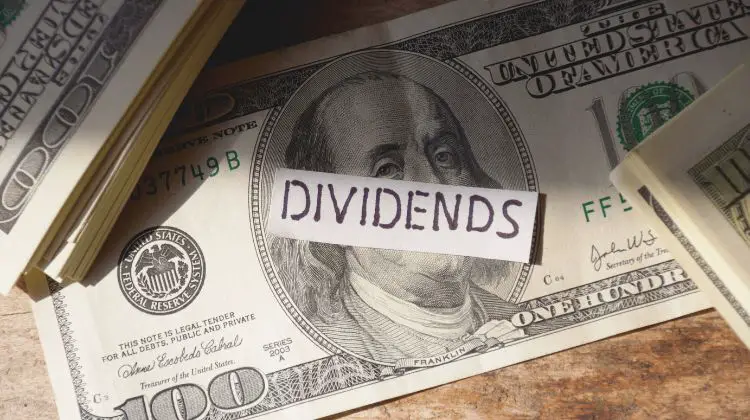
Many dream of financial freedom in retirement. Building a solid retirement plan often involves choosing the right investment strategy to support your financial goals. You hear it everywhere, but a SCHD retirement strategy could be the key to helping investors achieve just that. This article explores SCHD and why it might just be a perfect fit for building a comfortable retirement.
Table of Contents:
Understanding SCHD and Its Benefits
The Schwab U.S. Dividend Equity ETF (SCHD) is a popular exchange-traded fund (ETF) for investors seeking consistent dividend income and potential long-term growth. This ETF focuses on quality companies with a proven track record of paying dividends. SCHD can be a great addition to a retirement portfolio as part of a long-term investment strategy.
Why SCHD Stands Out from Other ETFs for Retirement
Several features make SCHD particularly attractive for those planning a successful SCHD retirement strategy:
1. Dividend Focus
Unlike other ETFs that may only offer growth potential, SCHD focuses on high-dividend-yielding U.S. companies. This means a more predictable income stream to cover living expenses after retiring from your career. Investors interested in dividend growth often turn to SCHD.
2. Stability
SCHD prioritizes stable, well-established businesses with a solid history of dividend payments. This stability is key, especially during market volatility, as retirees may need time to recover from potential market downturns.
3. Strong Historical Performance
While past performance doesn’t guarantee future success, SCHD has demonstrated impressive historical returns. Over the past decade, this ETF delivered a total return of over 260% according to The Market Hustle. To give some perspective, this performance even surpassed that of the S&P 500, which had a 220% return during that same period. Investing in the stock market always has risks.
4. Low Expense Ratio
With a remarkably low expense ratio of 0.06%, as stated on the Schwab Asset Management page, investors get to keep a larger portion of their returns, maximizing retirement income potential.
How to Structure a Winning SCHD Retirement Strategy
Creating a successful SCHD retirement strategy goes beyond simply investing. Consider these factors to develop a well-rounded approach:
Diversify Beyond SCHD
Putting all your eggs in one basket can expose your retirement savings to risk. It’s a good idea to balance SCHD by investing in a diverse range of assets such as mutual funds, a money market, and fixed-income investments:
- Growth stocks: Allocate some funds toward companies with high growth potential. This can provide greater returns that keep pace with inflation, though it’s crucial to conduct thorough research before making investment decisions.
- Bonds: Diversifying with bonds adds an element of stability to your portfolio, balancing the potential ups and downs associated with stocks, making them an essential part of a well-rounded investment approach. Consider looking at investment trusts.
- Real estate: This asset class can hedge against inflation, offering long-term growth potential. For retirees not ready to make large real estate investments, explore REITs to add a diverse set of properties to your investment portfolio.
Determine Your Risk Tolerance and Timeline
Your ability to handle potential fluctuations in your investment value, and the length of time you can stay invested, are crucial factors to consider when thinking about your rollover options. Talk to a retirement professional to see if SCHD is a good fit for you.
Regularly Contribute
Contribute consistently to maximize returns. Utilizing a Roth IRA or a Traditional IRA for retirement is a powerful method for individuals to grow wealth while also benefiting from valuable tax advantages during their golden years. Small business owners have a few different options available as well. Make saving for retirement a habit. It can result in long-term financial security. Whether monthly or quarterly, setting up automatic transfers to a dedicated retirement account can keep you on track. You can use your savings calculator to determine how much to contribute.
Reinvest Those Dividends
Take full advantage of the compounding effect by reinvesting dividends to accelerate your portfolio’s growth and bolster potential income during retirement. Think about your withdrawal rules as you approach retirement.
Is SCHD a Good Investment for Beginners?
SCHD offers simplicity and a solid track record, making it suitable for beginners who want to try out their hand at dividend equity.
How Do I Buy Shares of SCHD?
Easily purchase shares of SCHD through most online brokerage accounts.
Conclusion
An effective SCHD retirement strategy balances generating income, growing your wealth, and maintaining stability in the face of potential market swings. Remember to adjust the plan as you near retirement, possibly shifting more towards preserving capital, but ultimately an SCHD retirement strategy can be a fantastic choice for those hoping for financial independence in retirement.
